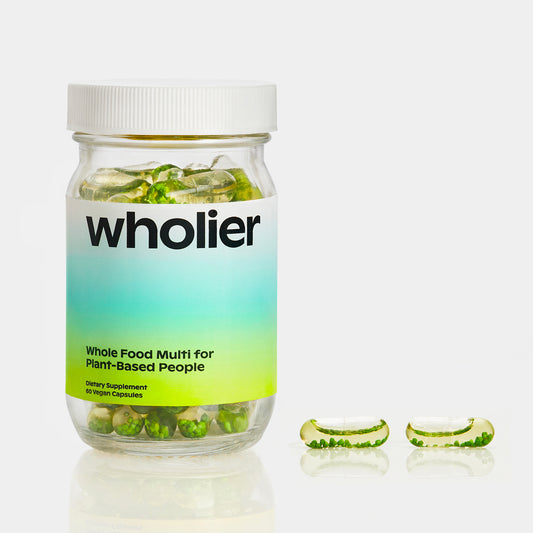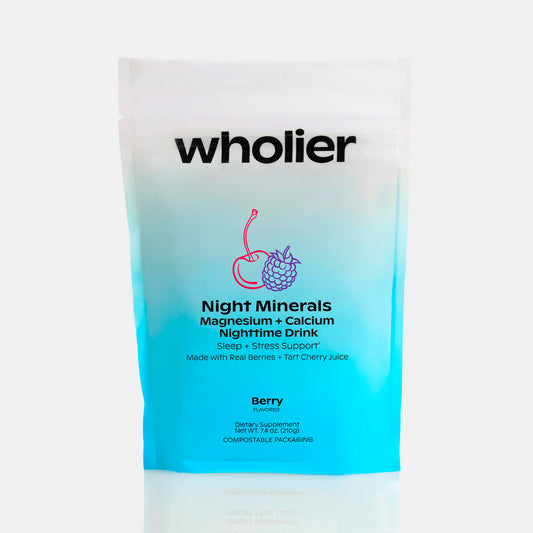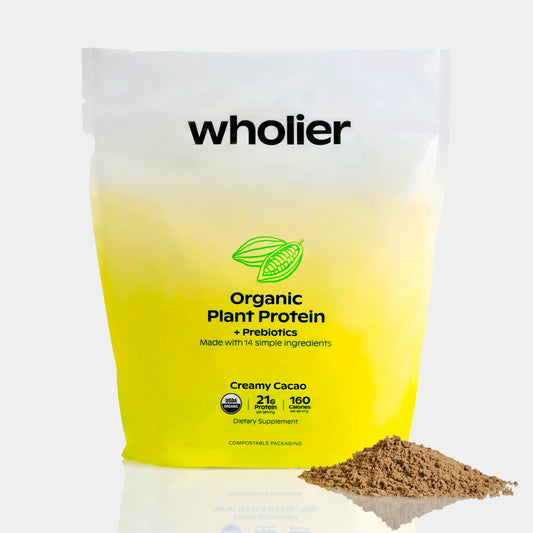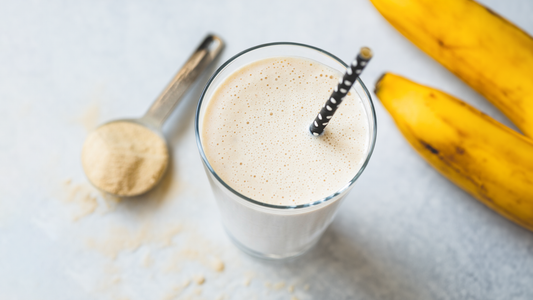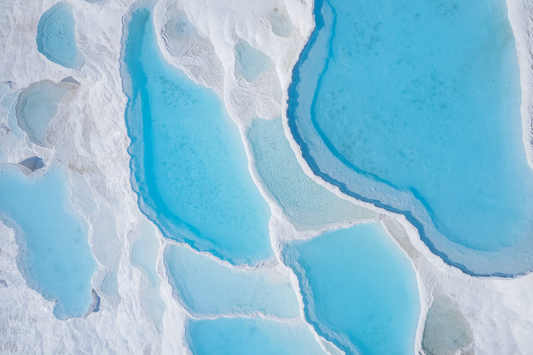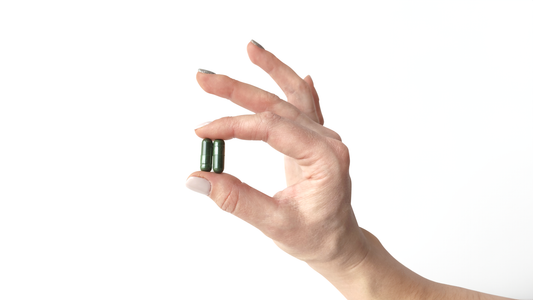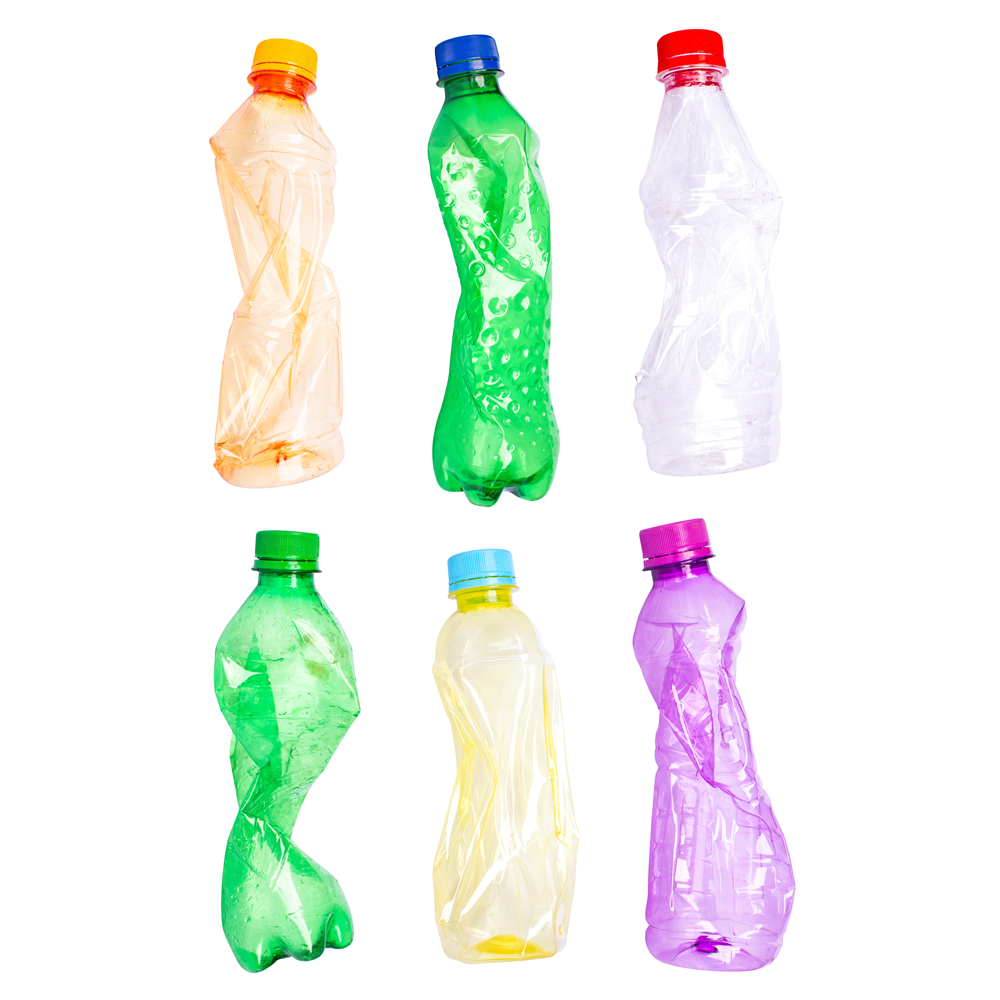
5 Things You Don’t Know About Recycling Plastic
Plastic waste is a huge problem in the U.S. and around the world. According to The Last Beach Cleanup’s report The Real Truth About The U.S. Plastics Recycling Rate, only between 5% to 6% of plastic in America is actually recycled—and that’s dropped from 9%! While recycling isn’t the end all solution to the climate crisis, it’s safe to say we could stand to improve our recycling rates. Here are five things you didn’t know about plastic and recycling that will help you become a better recycler.
1. China isn’t taking our plastic anymore
America sold millions of tons of plastic to China for years to be recycled into new products. But in 2018, the Chinese government passed the “National Sword” policy that halted the import of plastics and other materials headed for the nation’s recycling processors.
So why did they ban it? China was beginning to notice a pattern with the imported plastics; most were contaminated and that made it difficult or expensive to recycle. And some of it was being sneaked in illegally. The items they couldn’t recycle would get dumped on land and in waterways. Understandably so, China cracked down on this. Now, most of that plastic is getting shipped to other Southeast Asian countries that don’t have the capacity to recycle or dispose of it the way China did.
This shift has one silver lining: It’s forcing us to analyze our recycling systems and think about creating more localized systems.
2. Not all plastic is recyclable
Just because you see a recycling symbol on plastic, doesn’t mean it’s recyclable. The recycling symbol, aka the “chasing arrows” or “the mobius loop”, simply shows you what kind of plastic it is. Inside it, you’ll likely notice a number.
This number is the plastic resin number. Unlike glass or aluminum which only has one type, there are thousands of plastic types, but there are seven main types we encounter the most. The plastics that have the best chance of being recycled include polyethylene terephthalate (PET) and high-density polyethylene (HDPE).
The most widely recycled plastic in the world is PET, which you may know by the resin identification code as #1. You’ll find water bottles, clear plastic cups, and some clear clamshells made from this.
Check your local recycling laws which vary from state to state, and sometimes even town to town.
HDPE is accepted at most recycling centers in the world, as it’s one of the easiest plastic polymers to recycle. Milk jugs, shampoo bottles and detergent bottles tend to be made from this material.
The best way to know for sure which plastic is recyclable is by checking your local recycling laws which vary from state to state, and sometimes even town to town.
You can do this through a quick google search, your local .gov website, or checking Earth911’s database. Earth911 allows you to search curbside information and other recycling locations by zip code or postal code and material type. Keep America Beautiful is another site that allows you to find local recycling information.
3. Plastic takes hundreds of years to decompose
Depending on the kind of material, structure and sunlight exposure, plastic can take anywhere from 20 to 500 years to decompose. And during this process, it just breaks up into tiny microplastics that further pollute our waterways and soils. Photodegradation can help speed up the process in which plastic breaks down. Therefore, landfills often expose plastic waste to the sun.
But even with this in mind, plastic has long decomposition times. For example, it’s estimated a plastic water bottle can take 450 years to fully break down. Worse yet is fishing line which is estimated to take 600 years. To be fair, glass takes an indefinite amount of time to decompose—some estimate a million years! So it’s a good idea to reuse glass as long as possible.
4. You can’t recycle dirty plastic
Always make sure to clean out your plastic containers before you recycle them. Especially if they had any food or liquid items inside them. Please keep in mind that not cleaning out your recyclables will actually hurt the cause, so try to use it as motivation to avoid getting lazy when you’re cleaning up at home. It’s all about establishing the right mindset. For example, I like to rinse them out right away, so I don’t forget.
To give your plastic a fighting chance, please remove any food residue from it.
A dirty recyclable thrown into a recycling bin probably won't be recycled, especially if it’s full of food or liquid. If there’s enough dirty plastic in a bin, the whole bin could become contaminated too. This is typically because it becomes too troublesome (aka expensive) to clean and so it gets lumped with all the other trash that heads to landfill or the incinerator.
To give your plastic a fighting chance, please remove any food residue from it. This includes other recyclables as well. (Your pizza box is another story—compost those greasy parts!)
5. Innovations in plastic alternatives are on the rise
In response to the plastic crisis, many plastic alternatives have been popping up, such as bioplastic and compostable plastics. Bioplastic is made from plants while compostable plastics are biodegradable under specific conditions, and sometimes even home compostable. There are several brands also utilizing cardboard, paper, aluminum and glass over plastic packaging.
While it’s good to see so many alternatives popping up, it’s important to remember these too come with their own set of problems. For example, most bioplastic require the growing of crops which result in land and water use. Most bioplastic isn’t recyclable either.
Compostable packaging and plastic are by far one of my favorite innovations, but you must have access to composting for it to be an efficient solution. And many compostable plastics require industrial anaerobic composting facilities to break it down, unless stated otherwise.
By far, the most innovative solution to our plastic crisis is refillable, reusable and package free options. So if you have access to those, take full advantage!

